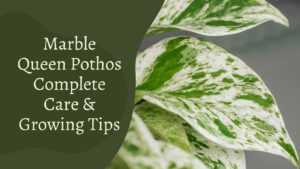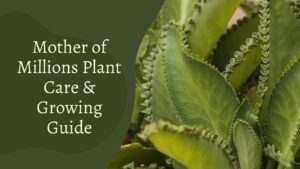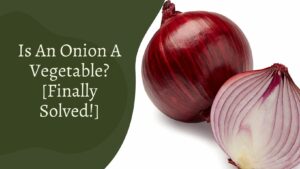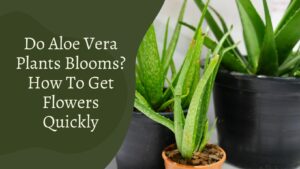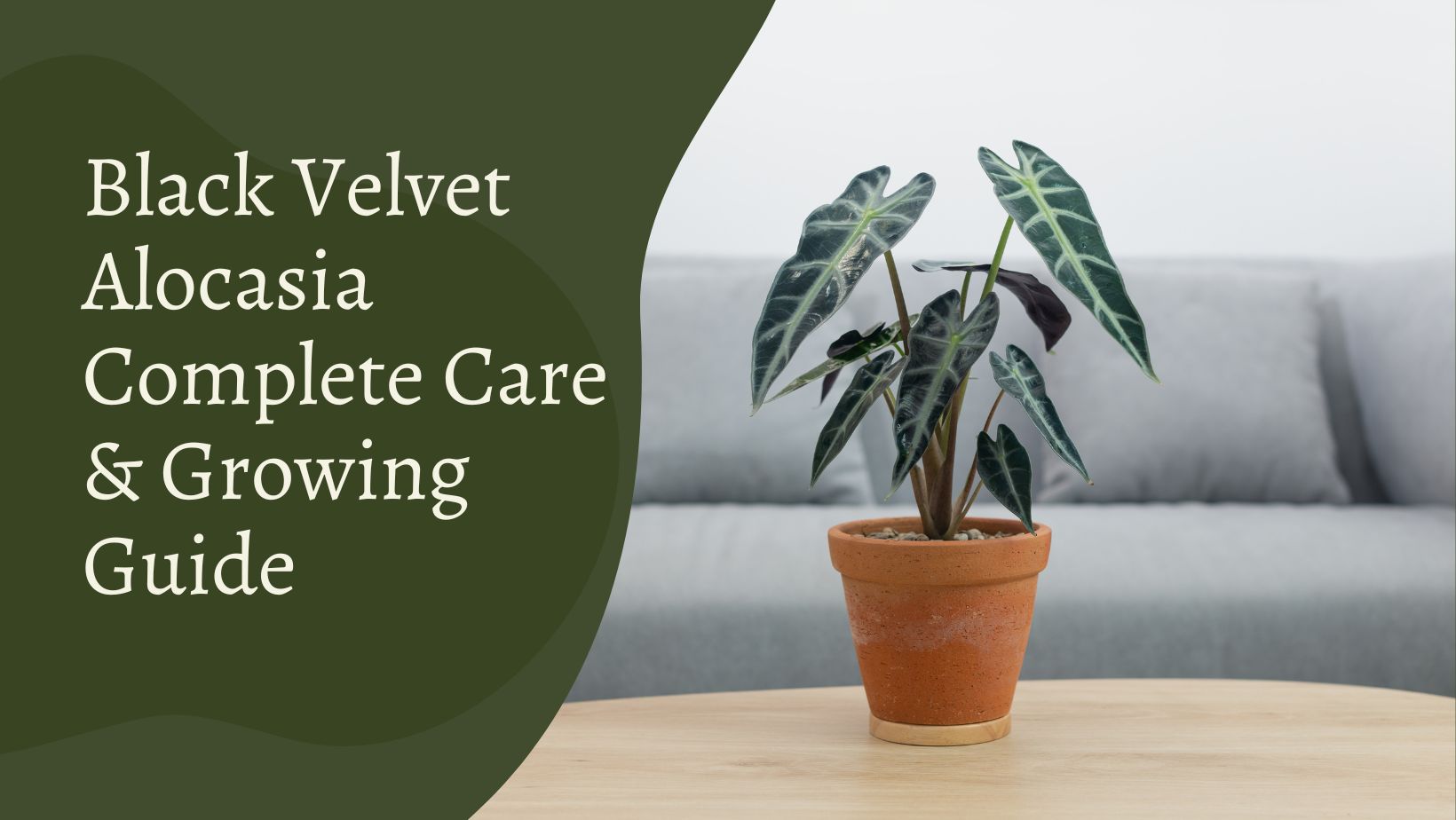
Alocasia ‘Black Velvet,’ commonly known as Alocasia Reginula, is a small Alocasia with beautiful leaves. The black velvety look of the leaves, which are contrasted by the dazzling white veins, gives it its name. The ‘Black Velvet,’ like many other Alocasia varieties, requires careful care and can be finicky at times. The good news is that once you understand the basics, you’ll easily handle this lovely little plant.
Features of the Alocasia Black Velvet Plant
Structure and Height
Alocasia Black Velvet grows to a height of 10 to 20 inches on average. The plant’s breadth is similarly comparable. The Alocasia Black Velvet has a branching and rhizomatous body. Rhizomes in the shape of clumps are used to grow the plant.
Alocasia Black Velvet Flowers and Leaves
The Alocasia Black Velvet plant’s leaves are around 2 inches broad. Alocasia Black Velvet is black in colour with light splashes or patches below the black foliage. Alocasia Black Velvet has a thick, light stem. The length of the leaves is greater than the stem’s length. Alocasia Black Velvet produces tiny, anthurium-like blooms. The plant has sterile finger-like spadix that are white in colour. The spathe is a pale yellow modified petal-like leaf on the spadix. The Alocasia Black Velvet plant will bloom all year if the growing circumstances are appropriate.
Toxicology
The oxalic acid in the Alocasia Black Velvet plant makes it hazardous. It is extremely dangerous to both people and pets. These plants can cause major health problems if consumed. Avoid allowing your children or pets to get too near to the plant.

Growth Rate and Dormancy Season
Plants of the genus Alocasia Black Velvet grow quickly. Summer and spring are the best months for them to flourish. The Alocasia Black Velvet plant goes dormant in the winter or on cooler days. The plant enters a state of dormancy.
During the winter, you may turn the plant around and set it in a location where the brightest light falls without directly on the leaves. The plant may drop leaves and exhibit little development over the winter. This does not imply that the plant is dead; rather, it is in dormancy. After the winters, the plant begins to develop and get healthier.

In the winter, this tropical plant loves temperatures around 70 degrees Fahrenheit, whereas in the summer, temperatures around 80 degrees Fahrenheit are preferred. The humidity level must be kept under control; if it falls below 50%, the plant will suffer. . Humidity levels of roughly 65 percent are ideal. The soil should drain effectively while still retaining some moisture, and watering should be mild yet regular. This little Alocasia requires strong but indirect sunshine; too much and the leaves will be sunburned.
Light
The Alocasia ‘Black Velvet’ is endemic to the Borneo jungle habitat and may be found in Asia’s beautiful jungles. As a result, it is exposed to dappled or shadowed light under the canopies in the wild. You’ll want to do your best to reproduce this habitat for your ‘Black Velvet’ Alocasia. In the house, the ideal method to achieve this is to put it in a sunny room but away from the window, where it will receive brilliant but indirect sunlight. Any unexpected exposure to direct light or the way the sun approaches your windows at different periods of the year might harm the foliage.
Soil

The soil conditions must also support the unique requirements of this exotic plant Similarly as angle plant. A soil that can hold rainwater without getting waterlogged is required. Combine regular potting soil with peat or sand to make your custom mix for your Alocasia ‘Black Velvet.’
This will give it the consistency it need for proper drainage. This is important because, while the Alocasia species prefers wet soil, it can succumb to root rot if overwatered over lengthy periods of time.
Temperature
The Alocasia ‘Black Velvet’ yearns for warmth, particularly in the summer. As a result, temperatures between 70 and 75 degrees Fahrenheit are optimum. It like to be in an environment that is close to 80 degrees Fahrenheit in the summer. Lower temperatures should be avoided; the plant will become dormant if the temperature falls below 60 degrees Fahrenheit. Its development will be harmed by extremely cold temperatures.
Flowers
Although the Alocasia ‘Black Velvet’ does blossom on occasion, it is not the primary purpose for buying it. The leaves of the Alocasia species are admired for their beauty, and none are more remarkable than those of the Black Velvet. The leaves are the main feature, since they are practically purple in colour. As a result, blossoming is frequently an afterthought, and the flower itself is usually unremarkable. Many Alocasia owners remove the blossom as soon as they notice it because it can cause the plant to redirect energy away from the leaves for a period of time.
Humidity
If you have an Alocasia ‘Black Velvet,’ one of the most important things to keep an eye on is the humidity level in your house. Because this is a tropical plant that thrives in the rainforests, it needs a high amount of humidity. This entails humidity levels of at least 60%, but the plant is most at ease when the humidity level is about 70%. This might be difficult for you, especially during the winter months when the air gets dry due to the use of radiators.
Place your plant in a more humid setting, such as the bathroom, and shower the leaves on a frequent basis. If it’s having trouble, you might want to try using a humidifier.
Repotting
It’s a good idea to examine your plant once a year to determine whether it needs to be repotted. Even if it doesn’t, it’s a good time to inspect the soil and root system to see if the plant is becoming too confined. Lift it carefully out of the pot, and if the roots are constricted or pushing through the drainage, it’s time to move your plant to a larger pot.
Growth
The ‘Black Velvet’ Alocasia is a little Alocasia! It will not grow to a height of more over 50 cm, while 30 centimetres is the average. Leaves can grow to be 8–12 cm long.
Toxicity
Both animals and people are poisoned by the Alocasia ‘Black Velvet.’ As a result, you must keep it away from any animal or youngster who might attempt to investigate it. Wear gloves whenever you handle the plant, especially during propagation. Keep an eye out for evidence of inhalation or exposure. This would most certainly cause burning or tingling, as well as swelling of the airways and, in the worst-case scenario, death. If you suspect there has been an exposure in your home, contact a veterinarian or a doctor as soon as possible.

Black velvet propagation:
The subterranean rhizome system of the Alocasia ‘Black Velvet’ is best divided for propagation. These will spread out from the mother plant to roughly 20 cm below the ground in the wild. Of course, your containerized Black Velvet will have a smaller rhizome system, and you’ll need to propagate from these. The Alocasia ‘Black Velvet’ may also be propagated from seeds, however this is a time-consuming method. You will get faster results with the rhizome splitting approach
To begin, make certain that propagation is taking place at the appropriate moment. It will not work if you apply it in the winter when the plant is dormant. Wait till the first signs of spring appear, and then get ready. Remove your Alocasia ‘Black Velvet’ from its container and brush off any excess soil around the roots carefully. At this time, you should inspect the mother plant’s root system to ensure it is in excellent working order and free of fungal diseases or entanglements.
Examine the rhizome system next. These resemble ginger clumps, and you’ll be able to identify where the optimum area to chop them is. To remove the rhizome of your choosing, use a clean knife or cutting device and make sure you’re wearing gloves.
It’s now time to plant it. You’ll need a potting mix that will provide the right circumstances for the new plant to grow. A smart choice is to combine normal potting soil with coco coir. Place your rhizome in the soil and give it a gentle drink once it’s ready. Place your new plant in a location where it will receive bright yet indirect light. Then, just like you did with the mother plant, repeat the process.
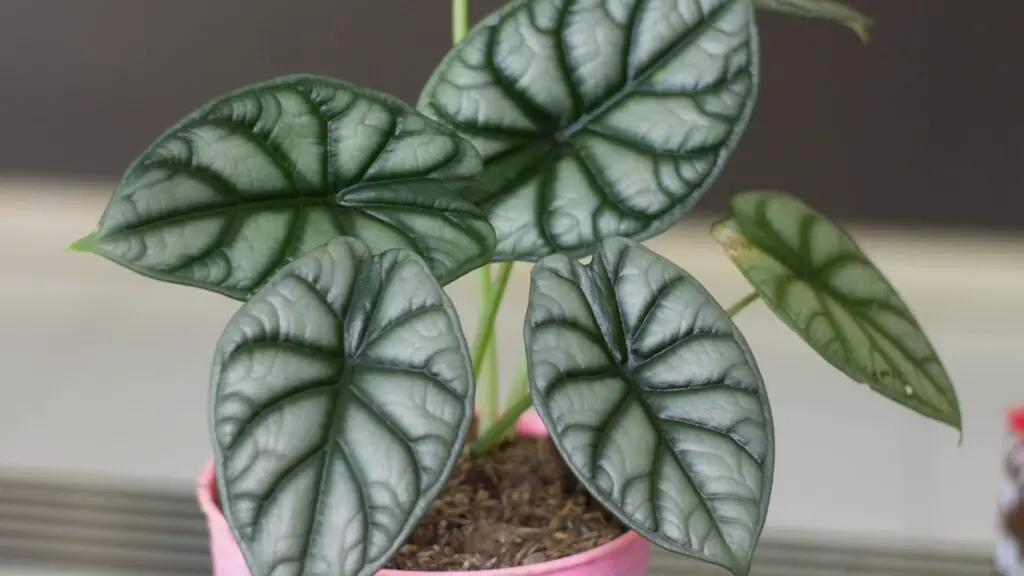
The Black Velvet Alocasia are rare:
The Black Velvet Alocasia is a rare dwarf variety appreciated for its velvet leaves and striking black coloration. It’s ideal for growing inside in the UK since it grows slowly and stays small. If you maintain the soil moist, it can grow up to 2 inches in a month.
The Black Velvet Alocasia Size:
You may consider the Alocasia Black Velvet as a miniature counterpart of its much bigger siblings because it doesn’t grow much taller than 20 inches. It’s a tiny tropical plant with 3-4 inch leaves that you may exhibit on tables, furniture, or other support structures.
The Black Velvet Alocasia Flowering:
Although the Alocasia ‘Black Velvet’ does blossom from time to time, it is not the main reason for purchasing the plant. The leaves of the Alocasia species are prized for their beauty, and the Black Velvet’s are particularly lovely.
The leaves are almost purple in colour, and they are the major attraction. The blooms are tiny and occur in a cluster towards the plant’s top. The blossoms are rich purple in colour and have a unique aroma. Summer is the best time to see the blooms.
How to revive black velvet alocasia?
If your Alocasia is looking a little tired, there are a few things you can do to bring it back to life. The first step is to illuminate it. Alocasia need a lot of light to be healthy, so attempt to relocate it to an area with plenty of natural light.
If you haven’t fertilised your plant in a while, now is an excellent time to do so. A well-balanced fertiliser will provide your plant with the nutrients it requires to thrive. It’s possible that your Alocasia’s leaves are becoming yellow as a result of overwatering.
Allow the soil to dry out between waterings, and the leaves should begin to turn green again. Another crucial component is humidity. Alocasia enjoys a dry environment, therefore keep the soil wet. If you’re watering your plant regularly, consider putting up a circulating system to get it moist in tiny droplets and avoid over-watering.
Alocasia toxic to dogs:
Alocasia is a dog-killing toxic plant! Vomiting, protracted depression, incoordination, hypersalivaton, drowsiness or excitation, dilated pupils, low body temperature, low blood pressure, coma, seizure, and death are some of the clinical symptoms that dogs may experience after accidently ingesting Alocasia leaves (In Rare Cases). Cats and horses are also poisoned by alocasia.
Problems with Alocasia Black Velvet
During its development, the Alocasia Black Velvet plant encounters certain difficulties. It is preferable to discover them sooner and resolve issues as soon as possible. The following are some of the issues that the Alocasia Black Velvet plant encounters, as well as possible solutions:
Root Rot of Alocasia Black Velvet
Root rot is a major issue and a main cause of plant death. The leaves become yellow and wilt as a result of root rot. This root rot issue may be resolved by watering the plant only when it is thirsty. The plant should not be watered. Root rot may be avoided if the pot includes a drainage system. The roots of the Alocasia Black Velvet require a sufficient amount of oxygen. The soil will not deliver the needed amount of oxygen to the plant if it is wet. Overpotting is another cause of root rot. Repot the plant only if absolutely necessary.The Invasion of Insects
Insect infestation can sometimes maintain the plant in a bad situation. The alocasia leaves are harmed by the mealybug. They linger on the leaves, consuming the plant’s nutrition and spreading illness. The plant benefits from early diagnosis as well. You can use a mixture of warm water and liquid soap to treat the plant if you see an insect infestation. To get rid of the bug, apply this combination to the leaf. Insect infestations can also be treated using mild insecticides.
The Leaves Are Falling
The shedding of leaves from an Alocasia Black Velvet plant should not be overlooked. Overwatering is the cause of this occurrence. There are a variety of different reasons for the Alocasia Black Velvet plant’s demise, including:
- Stress
- Low relative humidity
- Low-light conditions
The Leaves Are Yellowing
Alocasia leaves yellow, which is a concern for the plant. Yellowing of alocasia leaves can be caused by a variety of factors, including:
- A lack of drainage
- Low humidity in a large pot
- Lighting is dim
- Acclimation
- Extremes of temperature
- Fertilizer problems
Alocasia Black Velvet Leaves with Spots
Alocasias black velvet plants thrive in humid conditions. Brown patches or the margins of the leaves turn crisp brown when the humidity is low, revealing the beautiful black foliage.
Underwatering, fertiliser burn, bugs, and fungal infections are all probable causes of brown blotches on the leaves.
Spider Mite Infestation
Alocasia Black Velvet is being attacked by nasty spider mites. When the plant isn’t getting enough light, spider mites attack it. Because high humidity is hazardous to spider mites, you should keep the humidity level high. Shower the plants once a week to increase moisture and kill the mites.
Indoor Alocasia Black Velvet Care Instructions
Those who live in hotter areas may be relieved to learn that these plants can be kept indoors. While they like the summer heat, they also require protection from direct sunshine; putting them outside in a shaded place is good just when the weather is warm.
If you intend on buying one of these lovely plants to maintain indoors, read on for some helpful hints on how to provide a healthy habitat for your plant.
Light Requirements for Alocasia Black Velvet indoor:
The Alocasia types, which are native to Southeast Asian jungle floors, have evolved survival strategies to cope with the low levels of light they get. The stunning black leaves help to collect light that filters through the tree canopy.
Leaving your black Alocasia out in the sun isn’t going to help anyone. Even if it’s tempting to leave these plants on the windowsill, they’ll avoid direct sunlight.
The road to their hearts is by moderate, indirect light. While intense light is required, they can tolerate more darkness than their Alocasia siblings.
Signs That Your Alocasia Black Velvet Needs More Light
These velvet plants have developed the ability to seek out light. When your plant begins to droop, you’ll know it’s not getting enough light. Its once magnificently formed leaves will gradually become distorted. If this is the case, consider bringing your plant closer to a window but avoiding placing it in direct sunlight.
Temperature Requirements for Alocasia Black Velvet indoor:
The velvet elephant ear plant enjoys temperatures between 59 and 80 degrees Fahrenheit (15 and 27 degrees Celsius), which are comparable to those found in the rainforest.
It prefers days with temperatures of 80 degrees Fahrenheit (26 degrees Celsius) in the summer, but keep them out of direct sunlight.
The winter months might be difficult for your small plant.
Indoor heating means that your plant will have an easier time adapting to the reduced temperatures in your home.
When temperatures drop below 55°F (13°C), it becomes a problem. Keep your plant away from draughts and open windows if this is the case.
Black Velvet Alocasia Indoor Humidity
You’ll need to monitor humidity levels in addition to keeping your plant relatively warm – it’s a critical component for Alocasias.
Humidity levels below 50-40% put your plant’s leaves at danger of harm. The optimal percentage range is 60-75 percent.
How Often Should Alocasia Black Velvet Be Watered?
Because these plants are prone to root rot, you’ll need to follow a tight watering regimen to keep them happy. You should also try to emulate their natural surroundings by watering them on a regular basis but just gently.
Keep the soil slightly damp (not wet) and prevent allowing it to fully dry out. Before watering the following 2 inches, it’s a good idea to allow the previous 2 inches become slightly dry. To get into the right watering regimen, examine the soil with your finger every few of days.
Alocasia Black Velvet Cleaning
Because your Alocasia Alocasia reginula black enjoys being misted, now is the ideal time to give the leaves a moderate mist. When the leaves collect too much dust, they are unable to “breathe.” To keep their velvety appearance looking dazzling, all you need is a soft cloth.
Soil Requirement for Alocasia Black Velvet indoor
Soil is critical to maintaining the health of this rare plant. You’ll need soil that can handle the plant’s watering requirements while also draining properly.
Take the time to blend soils to provide the greatest habitat for your plant’s roots. This will include mixing coarse, free-draining potting soil with orchid bark, for example. This creates the ideal drainage consistency while also allowing the soil to retain water.
Conclusion:
The Alocasia Black Velvet is a little black indoor plant that thrives in a damp, shady environment with dry, well-drained soil. It features large heart-shaped oval leaves and a branching, rhizomatous structure. It may be propagated by separating the rhizomes into rhizomes and transplanting them to a new location.
If consumed in excessive numbers, the plant is exceedingly hazardous. The growth rate of Alocasia black velvet is extremely quick under all of these optimal conditions of care. Because of its magnificent appearance, the Alocasia Black Velvet is known as “black beauty.”
The dwarf black queen is another name for it. Its magnificent appearance might draw attention to a certain area in your home. Keep it up for a stunning spectacle. The striking black foliage is a must-have for indoor gardening. We hope you found our well-crafted tutorial useful.

Hi This is Maria, We are a team of gardening enthusiasts with a passion for gardening. We have tried to bring you tips and advice enabling you to grow and maintain a healthy and beautiful garden. We Hope You Find it Useful.

